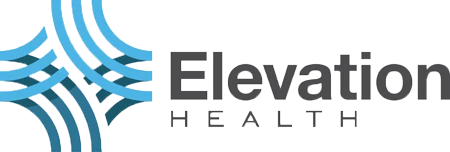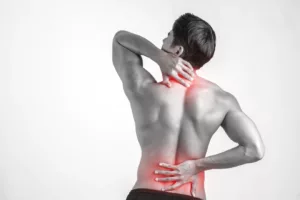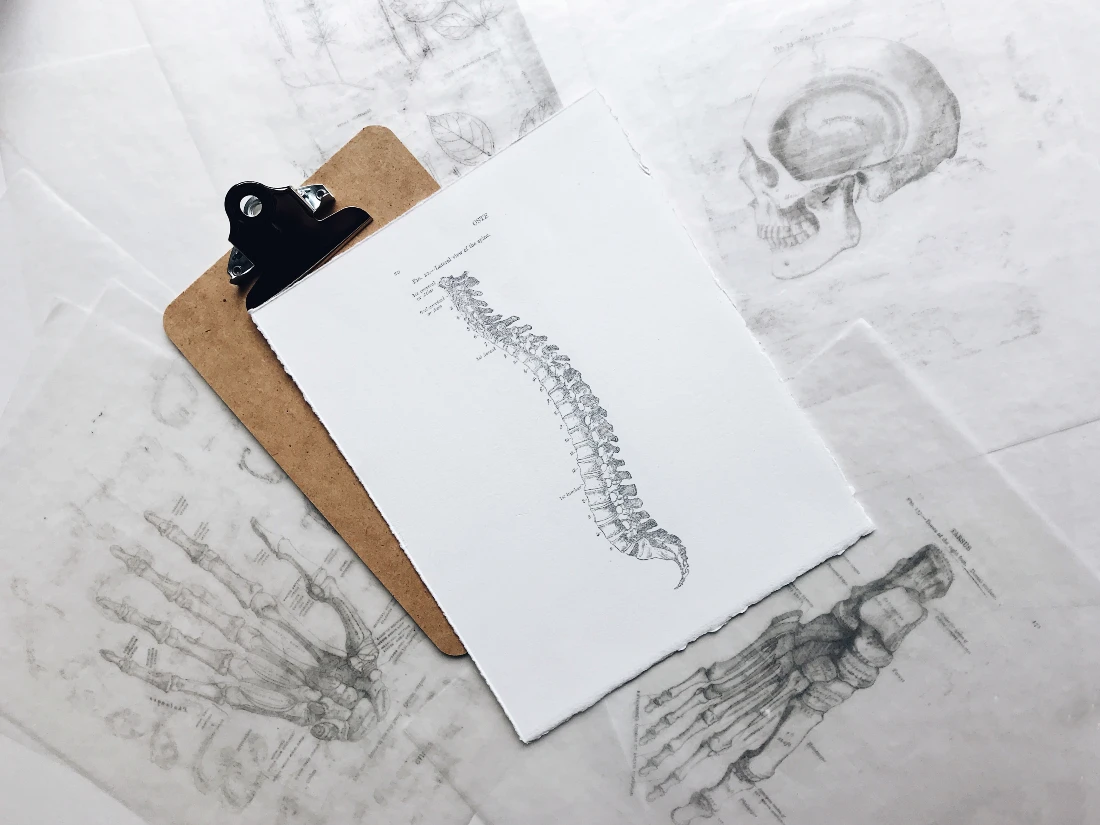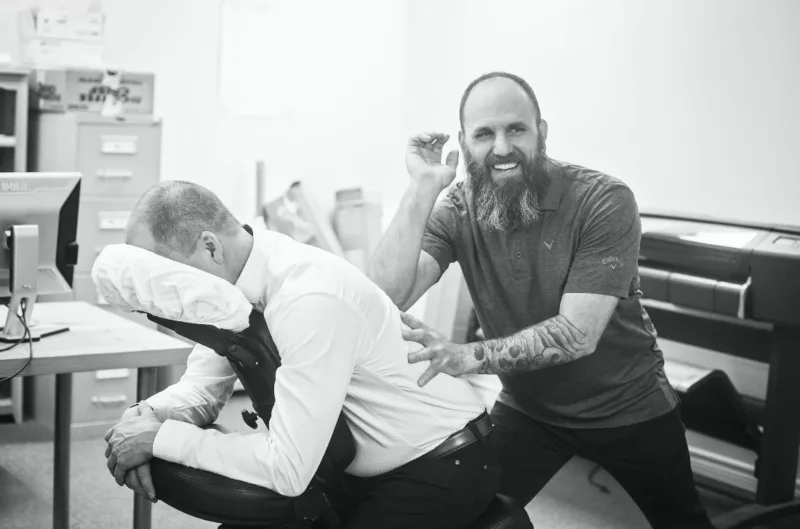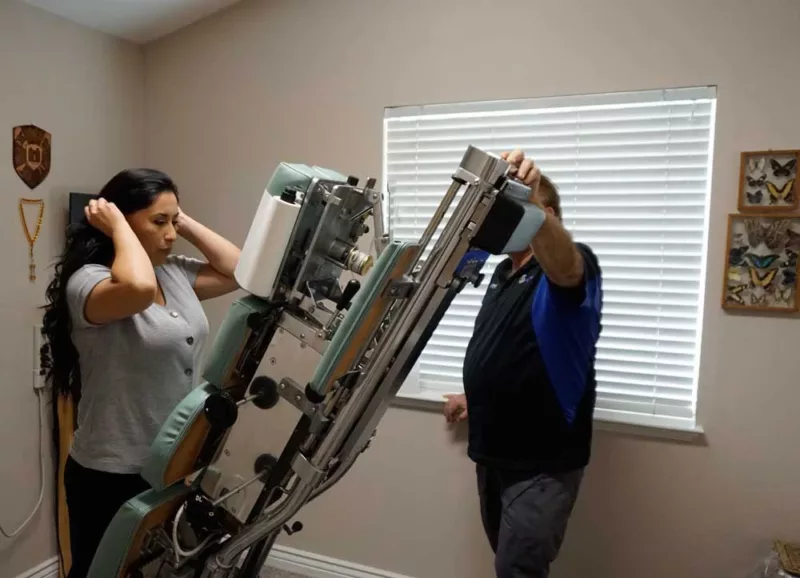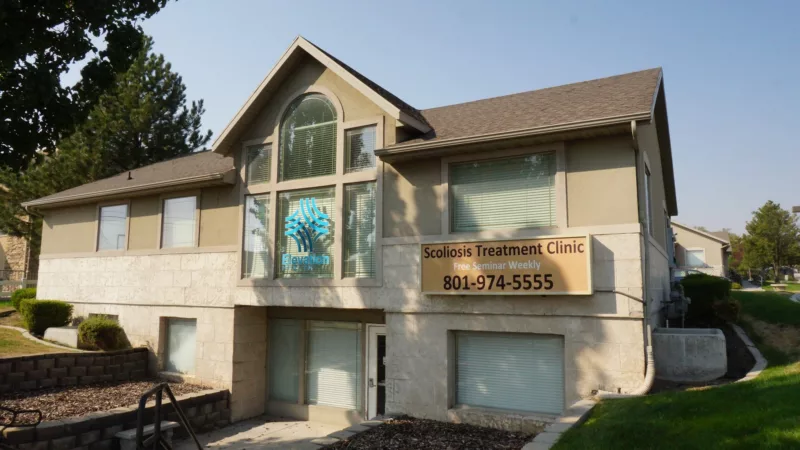Physiotherapy steps for back pain
Share This Story, Choose Your Platform!
If you’re like most people, you probably experience back pain at some point in your life. It can be caused by everything from bad posture to a sports injury, and it can be difficult to treat effectively. That’s where physiotherapy comes in. Physiotherapists are experts in helping people reduce and manage back pain.
In this blog post, we’ll provide a comprehensive guide to physiotherapy steps for back pain relief. Keep reading to learn more!
Causes for back pain
There are many possible causes of back pain, which can be grouped into three main categories: mechanical problems with the spine, problems with the muscles and ligaments that support the spine, and problems with the nerves that supply the back.
Mechanical problems with the spine:
The backbone is made up of a column of bones that are stacked together. So, between the vertebrae are discs that act as cushions, and there are also small joints (facet joints) between each vertebra. Any of these structures can be a source of back pain if they are not working properly. For example, if one of the discs becomes damaged, it may bulge outwards (herniate) and press on a nearby nerve.
This can cause pain, numbness or weakness in the leg. If the facet joints become arthritic (a common problem with age), they may also become a source of pain. The spine also has a number of muscles and ligaments attached to it, and these can also be a source of back pain if they are strained or injured.
Problems with muscles and ligaments:
The muscles and ligaments that support the spine can also be a source of back pain. If they are strained or injured, you may experience pain in the back and possibly also in the muscles themselves.
Problems with the nerves that supply the back
The nerves that supply the back can also be a source of back pain. If they are compressed or irritated, you may experience pain, numbness or weakness in the leg. There are many possible causes of back pain, and it can be difficult to pinpoint the exact cause.
Types of back pain
Acute Back Pain:
This type of pain typically comes on suddenly and lasts for a few days or weeks. It’s usually the result of an injury, such as a muscle strain.
Chronic Back Pain:
This type of pain is more long-lasting, lasting for several weeks, months, or even years. It may be the result of an injury or an underlying health condition. There are also different types of chronic low back pain, depending on the cause:
Mechanical Pain:
This type of pain is usually caused by a problem with the muscles, bones, or joints in the back. It’s often the result of overuse or an injury.
Nociceptive Pain:
This type of pain is caused by damage to the tissues in the back. It can be the result of an injury, inflammation, or even a herniated disc.
Neuropathic Pain:
This type of pain is caused by damage to the nerves in the back. It can be the result of an injury, such as a pinched nerve, or an underlying health condition, such as diabetes.
Diagnosis of Back Pain:
There are multiple ways to diagnose back pain including the following:
Physical examination:
Your doctor will likely start with a physical examination to check for signs of problems with your spine, muscles, and nerves.
Imaging tests:
If your doctor suspects that your back pain may be caused by a herniated disc or another problem with your spine, he or she may order one or more imaging tests. These tests may include an X-ray, MRI, CT scan, or bone scan.
Myelogram:
In this test, dye is injected into the space around your spinal cord so that your spinal cord and nerve roots can be seen more clearly on an X-ray or CT scan.
Discogram:
This test is used to see if a particular disc is the cause of your back pain. In this procedure, dye is injected into the center of a disc, and then X-rays or CT scan is used to see if there is any leakage of dye. If there is, it may mean that the disc is damaged.
Nerve conduction study and electromyography (EMG):
These tests are used to measure the electrical activity in your muscles and nerves. Nerve conduction study measures how well your nerves conduct electricity, while EMG measures the electrical activity in your muscles.
Both of these tests can help your doctor determine if you have problems with the nerves or muscles that may be causing your back pain.
Treatment for back pain
Treatment for the back pain depends on the cause of the pain and whether it is acute low back pain or chronic one. Acute back pain usually goes away on its own, while chronic back pain may require medical treatment.
There are many different treatments for back pain, including:
– Pain medication
– Physical therapy visits
– Massage therapy
– Yoga and exercise therapy
– Acupuncture
You may need to try a few different treatments before you find the one that works best for you. If your back pain is severe, the health care professionals may recommend surgery.
Physiotherapy for back pain
Following a strict physiotherapy routine and professional medical advice can help in the long-term management of chronic back pain. Physiotherapy can also be used to treat acute back pain, although the treatments may be different.
There are many different types of physiotherapy, and the best type for you will depend on the cause and severity of your pain. Your physiotherapist will tailor a treatment plan specifically for you.
Common physiotherapy treatments for back pain include:
Exercise:
This is often the most important part of physiotherapy for back pain. Exercise can help to strengthen the muscles around your spine, improve your flexibility, and reduce pain. Physical therapists will design a specific exercise program for you, based on your needs.
Manual therapy:
This involves the use of the hands to manipulate the soft tissues and joints around the spine. This can reduce pain and stiffness, and improve mobility.
Heat or cold therapy:
This can relieve pain and muscle spasms. Heat therapy can be in the form of heat packs, infrared light, or ultrasound. Cold therapy can be in the form of ice packs or cryotherapy (cold air).
Electrical stimulation:
This is a treatment that uses low-voltage electrical currents to reduce pain. It is often used in combination with other treatments , such as exercise.
Acupuncture:
This technique usually entails putting delicate needles into the skin at particular points. It is thought to reduce pain by releasing endorphins (the body’s natural painkillers).
Physiotherapy can be an effective treatment for back pain, but it is important to stick with the recommended treatments and exercises. If you find that your pain is not improving, or if it gets worse, be sure to speak to your physiotherapist or doctor.
Physiotherapy steps for treating back pain
1. The first step is to get a full medical checkup to rule out any other potential causes of your pain.
2. Once you have been cleared by a doctor, start with some basic stretches and exercises at home to help loosen up your back muscles.
3. If your pain is still not improving, consider seeing a physical therapist for more specific stretching and strengthening exercises. Once you choose physical therapy, there are a couple of pain treatments available.
4. In some cases, heat or cold therapy may also be helpful in relieving back pain.
5. If you are still experiencing pain after trying these conservative measures, talk to your doctor about other potential treatments, such as massage therapy or acupuncture. Choose the doctors who prefer health and care excellence and follow the clinical practice guidelines for treatment. Spinal manipulation may also be an option.
Visit “Elevation Health” in Utah for Physiotherapy
If you’re looking for a physiotherapy clinic in Utah, look no further than Elevation Health. Our team of experienced physiotherapists can help you relieve pain and improve your mobility. We offer a variety of treatment options, including:
– Exercise programs
– Manual therapy
– Heat or cold therapy
– Electrical stimulation
– Acupuncture
Physiotherapy FAQs
What is physiotherapy?
Physiotherapy is a type of healthcare that focuses on the prevention, treatment, and management of injuries, disabilities, and conditions that affect the musculoskeletal and cardiovascular systems. It can involve a variety of techniques, including exercise, manual therapy, and education, to help people improve their mobility, reduce pain, and maintain or restore their physical function.
Why is physiotherapy important for back pain?
Back pain is a common problem that can have a significant impact on your quality of life. Physiotherapy can be an effective treatment for back pain, as it can help to reduce pain, improve flexibility and strength, and correct any underlying problems that may be contributing to the pain. By working with a physiotherapist, you can learn how to manage your pain and prevent further episodes of back pain from occurring.
How can physiotherapy help with back pain?
Physiotherapy can help with back pain in a number of ways. Your physiotherapist will work with you to develop a treatment plan that is tailored to your individual needs and goals. This may include exercises to improve your flexibility, strength, and posture, as well as manual therapy techniques to help relieve muscle tension and improve mobility. Your physiotherapist may also provide education on how to manage your back pain and prevent future episodes.
Can physiotherapy help with other types of pain?
Yes, physiotherapy can be an effective treatment for a variety of different types of pain, including neck pain, shoulder pain, and knee pain. It can also be helpful for people with chronic pain conditions, such as fibromyalgia or osteoarthritis. Your physiotherapist will work with you to develop a treatment plan that is tailored to your specific needs and goals.
